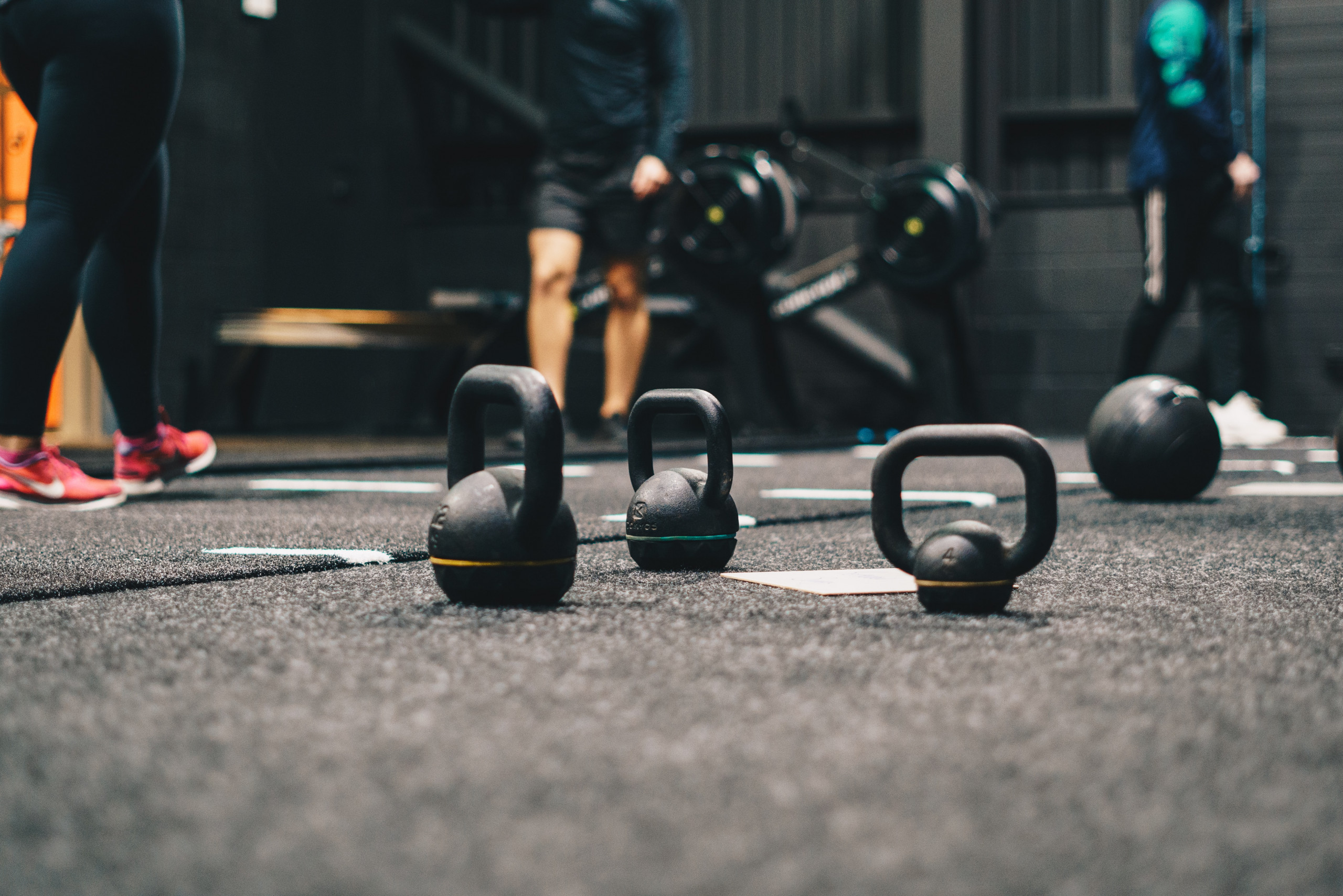Considerations for the Gym and Eating Disorders
In this country there is often a love/hate relationship with the gym. For some people it is their happy place, where they go to train, to meet friends or to de-stress. For others it is a place to go to lose weight in particular after a period of excess and inactivity but it is quickly found to be an unsustainable way to lose weight in the short term, so they quite quickly stop going. For those living with an eating disorder going to the gym can be complicated and if not done in a safe way can lead to incomplete recovery or relapse.
Before we even get to the gym we are often faced with posts and advertisement on social media to entice us to go.
How often do we see posts and advertisements with perfectly poised “insta-bodies” ‘working out in the gym’ wearing the latest athleisure wear, a full face of make-up without a bead of sweat and not a hair out of place? How many hundreds of photographs have been taken before one was selected to post? What filters have been applied to the photograph and/or has any photo-shopping software been used to achieve this “perfect” picture?
How often do we see so called “fitness/exercise” inspirational posts such as; “the only bad workout is the one that didn’t happen”, “someone who is busier than you is running right now”, “go hard or go home”, “be stronger than your excuses” indicating that you aren’t doing enough without any context of what else you are doing right now and placing it as above all else in your life. What about the inspirational/exercise posts such as “lose your saddlebags”, “exercises that eliminate cellulite”, “lose your muffin top”? Using absurd and offensive vocabulary for normal body parts.
How often do we see diversity in the size and shape of models being used to advertise gyms? Or would a person that doesn’t have muscle definition or who has a bigger body not give the right image? Are they fully inclusive of all shapes and sizes?
The impact of seeing the above posts and images even when we are feeling well can have a negative impact on our mood and makes us more self-critical about how much we are doing and how we look, contributing to lower self-esteem and poorer body image. Now consider the effect that these might have when someone is vulnerable, for example, with anxiety or depression, OCD, or an eating disorder? Today’s society places a lot of emphasis on looks equalling “health and fitness” when in actual fact fitness means different things to different people, and being “fit” does not require you to look a certain way.
If we do decide to sign up and go to the gym an induction is usually undertaken first which can include a demonstration of the equipment, or are shown an app that tells us how to use the equipment and we will be asked to complete a form about our physical health. This is of course reliant on people being open and honest about their general health and well-being. Very few people will have the benefit of having an individual Physiotherapist, Exercise Specialist or personal trainer delving into our motivation for exercise and reviewing our physical and mental health risk factors to see if it is appropriate for us to be going to the gym.
Dysfunctional exercise can be one aspect of an eating disorder. It is an umbrella term that takes on many different forms and also describes the relationship that people have with exercise. Some examples of this can include overt or covert exercise, structured and planned exercise, incidental activity and restlessness (or a combination of any of these). It is usually high intensity and for energy expenditure, with rigid and rule-driven behaviours. It is often undertaken due to a person experiencing feelings of guilt or laziness, having a negative experience of body or a fear of weight gain.
So, as you can imagine, the connotations of going to the gym can be a strong draw as it promises to help us to lose weight, to ‘burn’ body fat, and to ‘tone up’. For some people living with an eating disorder going to the gym gives them permission to eat and/or is used as debting behaviour to food. Attendance at the gym can take over a person’s life in the throes of an eating disorder and stop them from attending to occupational and social commitments, potentially leading to increased isolation.
Within the environment of the gym there are some aspects that could have a negative impact on someone who is struggling within an eating disorder including their body image and self-confidence. Some of these could include; comparison of how they look with their fellow gym goers (thinking about the tight athleisure wear), there are often lots and lots of floor to ceiling mirrors; looking in a mirror can be difficult for anyone in particular if you are in unflattering positions but for those with an eating disorder, we know that they can have an altered perception or distortion of their size so mirrors can be much more troubling. Then there is the gym equipment, these machines tells us all about our bodies while we are exercising like our heart rate, how many calories we are burning, how fast we are going, how long we have been exercising for; these numbers drive people with an eating disorder to go further, to go faster, often making unrealistic goals and targets that are not for health or fitness. The machines can sometimes be linked to our smart watches and devices, allowing us to see if we have “closed our rings”, that we have done X amount of steps, because what we would normally do is never considered enough. Fitness tracking devices and apps have been shown in research to increase eating disorder symptomology. It is really important to keep in mind that when we just focus on numbers and targets we stop listening to how we are actually feeling, for example, are we tired, dizzy, weak or thirsty and not just physically, but mentally, are we not enjoying or getting pleasure from what we are doing, is it a chore?
Alongside the exercise equipment many gyms offer a wide variety of classes. Different types of classes often go in and out of fashion, an internet search of classes locally brings up class names like “how to squat”, “legs, bums and tums”, “burn it”, “heat” and “cyclone” and in some instances the information about these classes tell us how many calories we will burn in each. I’m not quite sure what the overall benefit to mental and physical health is with a class focussing on just one area of the body but when you have an eating disorder and this is your ‘problem area’ then this is the class that is going to draw you in, likely feeling like it will alleviate all your concerns!?! You are also less likely to book into a gentler, all round exercise class which burns less calories than the ones that offer high impact/high calorie burning classes. Other aspects like online booking systems mean you can book into as many classes in a day as you like and also go into the exercise area afterwards without anyone questioning how much you are doing. Some gyms are even open 24 hours a day, so you can be even more secretive about the amount of exercise you are doing if you so wish.
All these aspects need to be considered when someone asks if it is okay to go the gym when they are in recovery from an eating disorder.
As mentioned at the start, for some people the gym can be a positive place to go to, but it must be supported in a safe way, and opportunity should be given to discuss with the most appropriate health professional including all these different aspects and how to manage them. The benefits of finding an exercise environment and style that enhances self-compassion, fun, and enjoyment can help to support a more positive recovery and should be the main focus.



